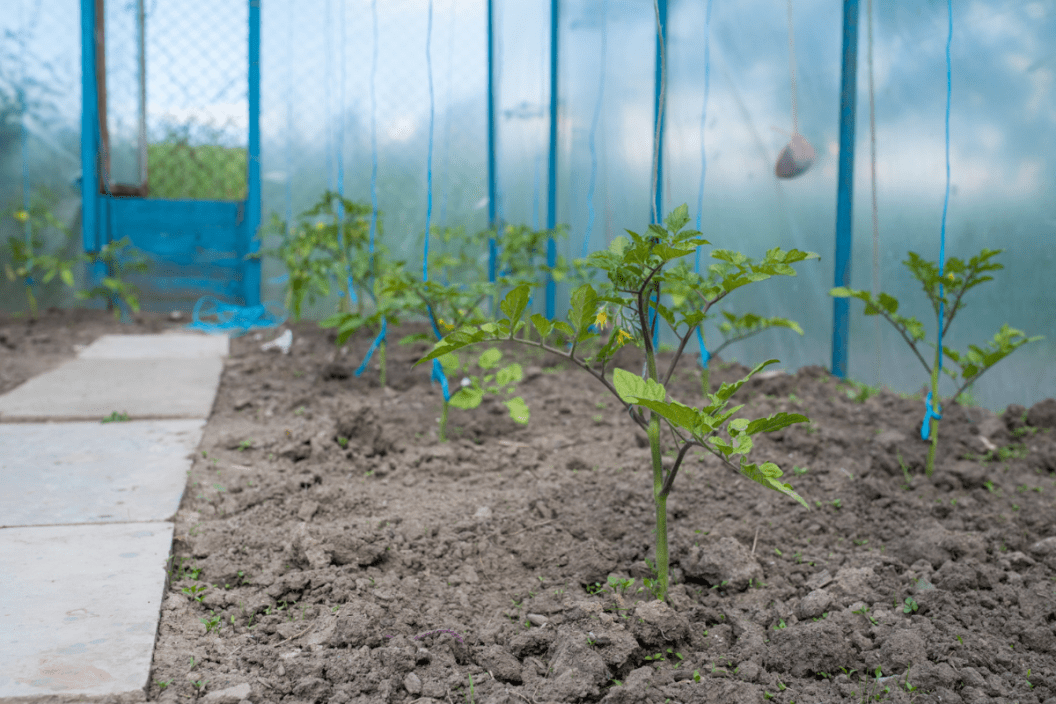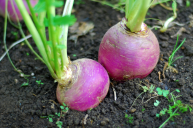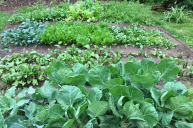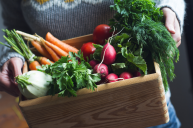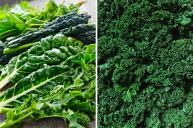When my husband and I purchased our first home, he only had one non-negotiable: the yard had to be big enough—and have enough sunlight—to nurture a garden. When we finally put down a down payment, our new home had space enough, but he continued to fret about its lack of direct sunlight. There were patches that received light all day, but most of the yard was covered with pecan and pear trees, giving the yard no more than a few hours of direct sunlight a day.
Videos by Wide Open Country
When an arborist came to check the health of our various trees, I had to ask: "Do you think we'll ever be able to grow vegetables back here without eight hours of direct sunlight?" He laughed somewhat ominously and said, "With summers as hot as these, I think soon you won't be able to grow anything with that much sunlight."
Although we remained unable to grow many summer fruits such as tomatoes, okra, and sweet peppers without access to ample sunlight, we were pleased to find that many vegetables can, in fact, thrive without full sunlight—especially in the heat-ravaged American South.
However, when gardening in partial shade, there are a few key rules to remember. Less light means more moisture, which in turn means a higher chance of disease and pests. Keeping this in mind, be sure to give shade tolerant vegetables more space than their high-sun neighbors. Water them less often, and, if possible, first thing in the morning to allow the most light and heat penetration throughout the day. And you must remain extra-vigilant about pests, especially moisture-loving snails and slugs.
Through trial and error we were able to conclude which vegetables and herbs to plant, including some of our favorite.
Kale
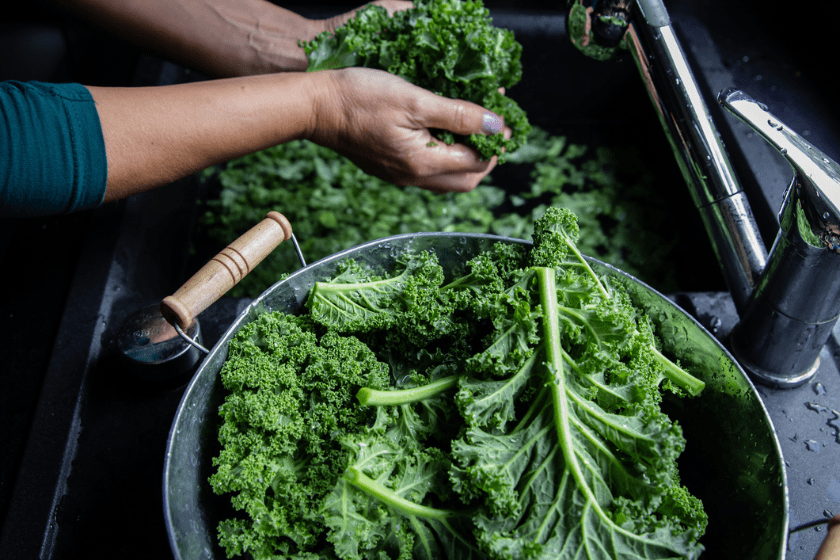
iStock/Getty Images
Known as a cool weather crop, primarily planted and harvested in the early spring and late fall, kale struggles to thrive as soon as temperatures begin to rise. If it doesn't wither, too much sunlight—and the heat that comes with it—can cause the edible leaves to become tough and bitter. Planting kale in a shaded garden bed can help to extend the production of this cruciferous vegetable, while also promoting its best textural attributes. Dinosaur kale and and curly kale are two common cultivars, but gardeners with more adventurous tastes may try Russian red kale.
Broccoli
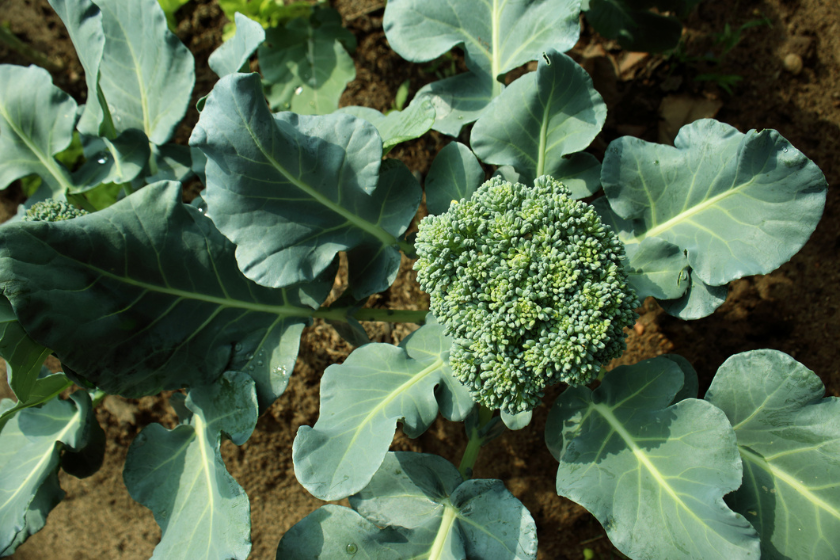
iStock/Getty Images
Although many will tell you that broccoli grows best in full sun, the same light that can make your vegetables big and tall can also created untimely bolting. Bolting, when the broccoli florets begin to flower before harvest, leaves you with mealy, often inedible heads. So, if trying to grow broccoli in warmer spring or summer months, growing broccoli in partial shade can help extend the life of your broccoli, and make sure the vegetables of your labors can reach your kitchen in their most delicious form!
Leeks
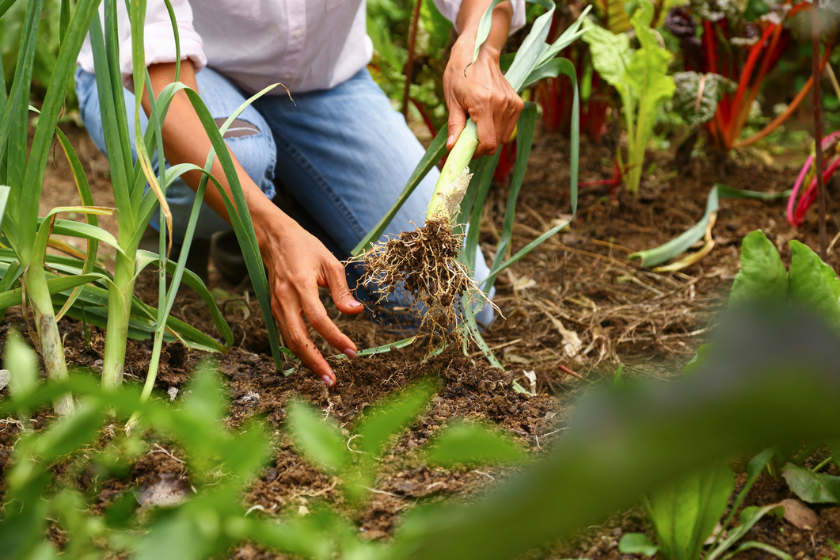
iStock/Getty Images
Leeks are deeply flavorful allium—the same plant family that garlic and onions come from—but, unlike garlic and onions, they do not grow from a bulb, which typically requires significantly more sunlight to thrive. With their shallow root systems, they require a moist environment, easily obtained in a shaded part of your garden. Just make sure to plant them at least six inches apart.
Herbs
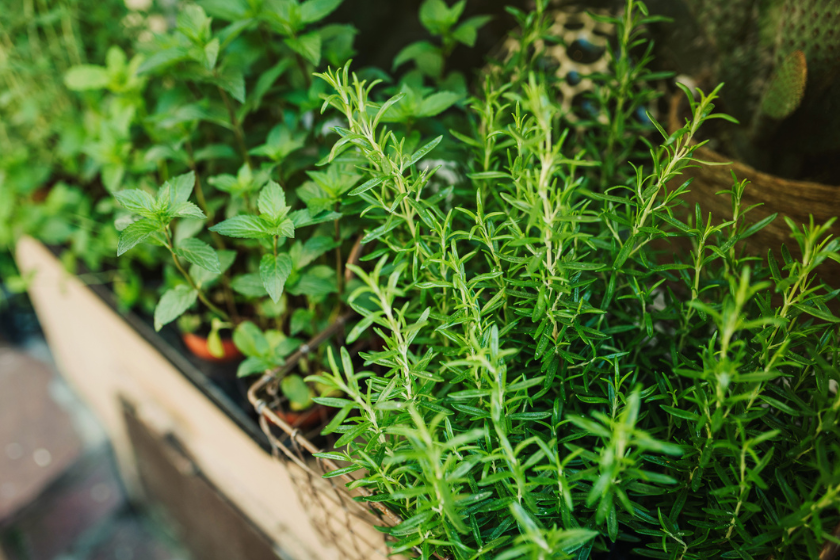
iStock/Getty Images
I tend to think of herbs as deeply sunlight needy, and many are, including basil and rosemary. So if you find yourself with a small, shaded corner of your garden that you're not sure what to do with, try planting a more vigorous herb, especially one that will easily fry in the long summer days. I would recommend starting with thyme, cilantro, or mint. Always remember—if something dies this year, you're just learning what to plant, and where to plant it for next year. ?
